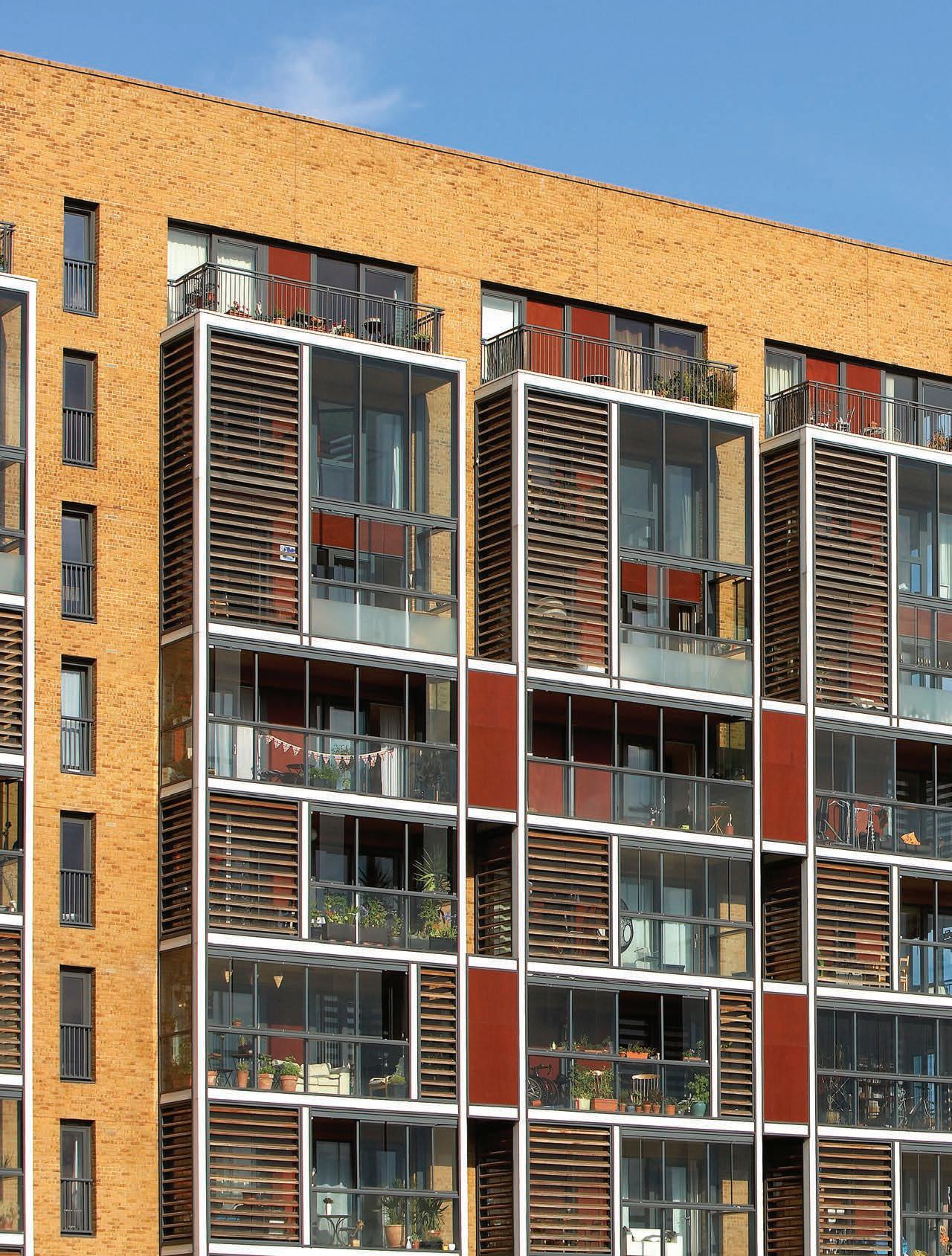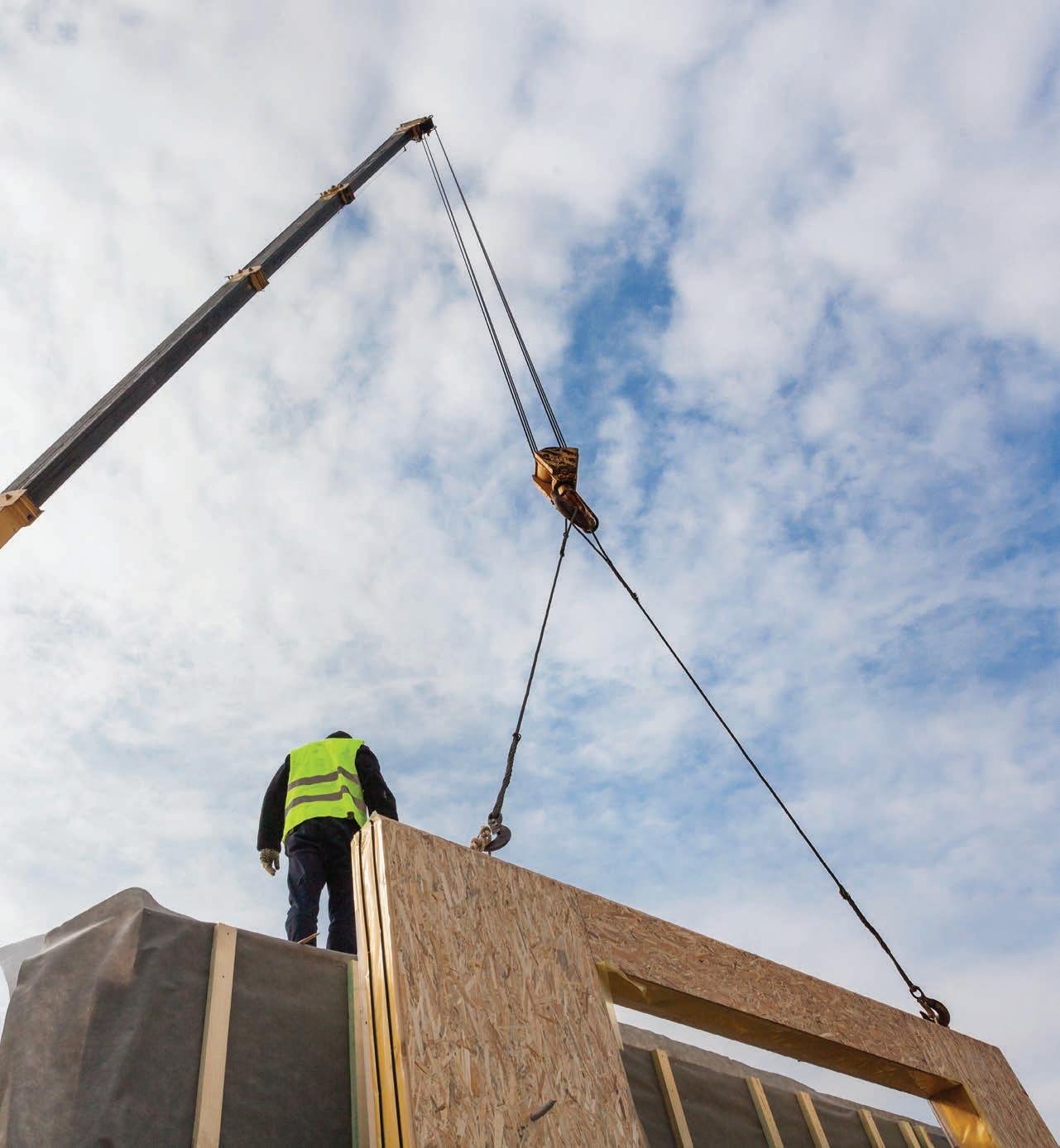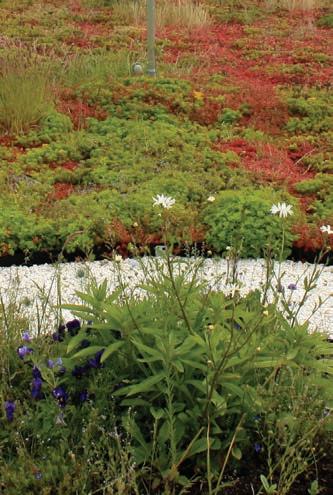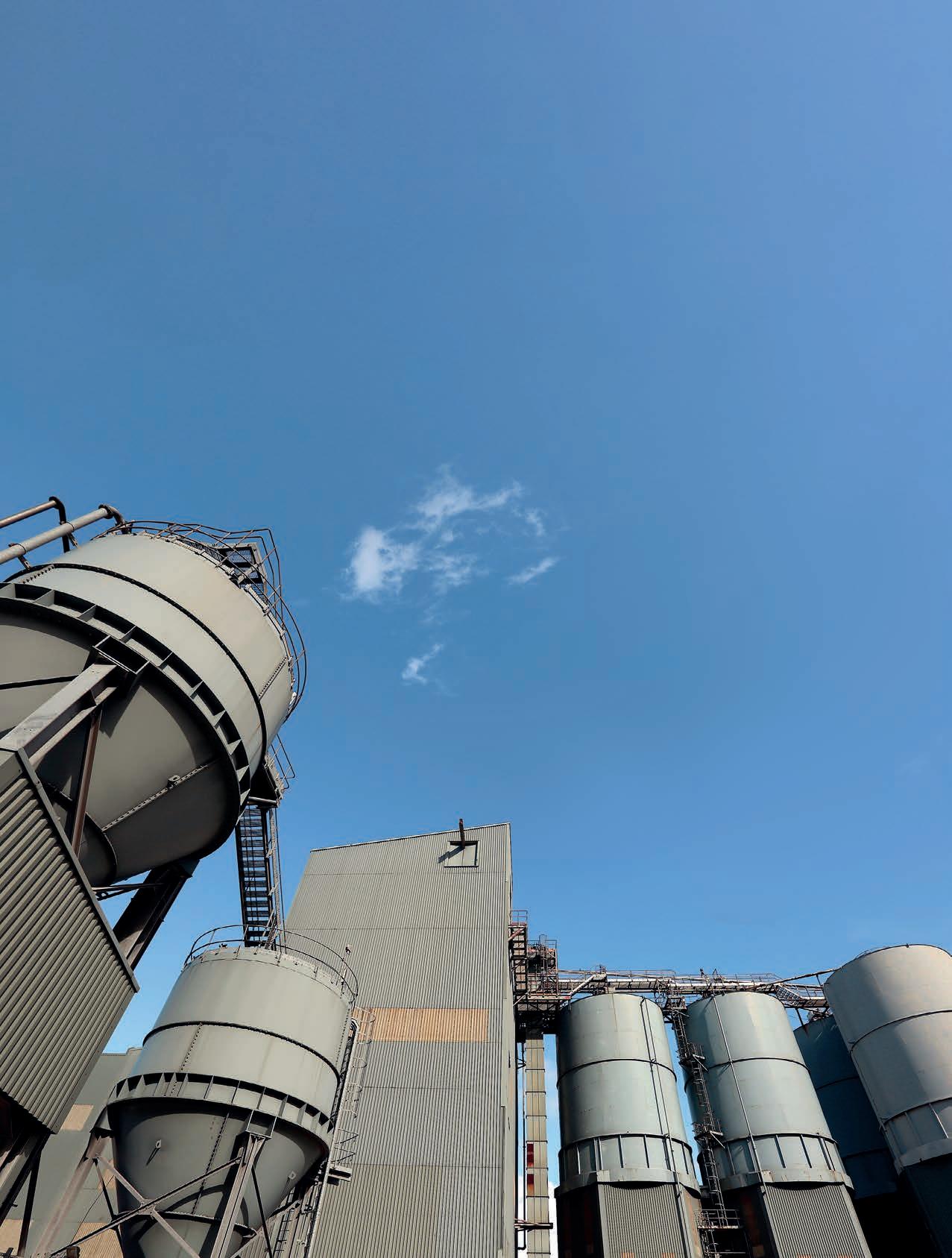
4 minute read
SuDS standards


Martin Lambley, Product Manager for stormwater management at Wavin, highlights the fundamentals of Sustainble Urban Drainage Systems

New Design and Construction Guidance for the water sector was released in April 2020. For the fi rst time, it set out standards for sustainable drainage systems (SuDS), redefi ning the types of assets that water companies will be required to adopt and maintain and that contractors will have to install. There’s never been a more crucial time for building engineers to understand what SuDS are and the benefi ts they bring to a development and the built environment.
SuDS are specialist drainage systems that help to reduce the risk of surface fl ooding. The concept is not new to the industry – SuDS have been around since the early 1990s – however, as sustainable development is becoming more of a prominent focus, SuDS are only now starting to be taken seriously.
Traditionally, stormwater has been managed through natural infi ltration where water gathers on existing vegetated
Hard SuDS are appropriate for projects with restricted space, such as those in urban areas
Soft SuDS use purpose-built green landscaping to manage water within a site

patches of land and soaks through into the ground. However, in urban areas this isn’t always feasible. The tarmacking and cementing of outdoor space, such as pavements and car parks, make them impermeable and the water has nowhere to drain. If not managed eff ectively, this can easily increase the risk of fl ash fl ooding during storms and extreme rainfall, which are on the rise.
Rather than using pipes to collect rainwater and release it into rivers, which is no longer considered practical or sustainable, urban planners are having to consider smarter drainage systems for extreme weather. This is where SuDS come in. They help to collect surface water and release it into the environment at a manageable rate.
SuDS: the variations
SuDS typically fall under two categories – soft SuDS and hard SuDS. Soft SuDS are an ideal solution for holding back water for later release. They use purpose-built green landscaping, such as swales and soakaways, to manage water within a site and massively encourage biodiversity. They can sometimes take up considerable space, which limits their viability.
Hard SuDS are large storage tanks buried underground, so are appropriate for projects with restricted space, such as those in urban areas. Collected stormwater enters directly into the tanks and then is released back into the surrounding soil through infi ltration, or at a controlled rate into the drainage network or local watercourse.
In the past couple of years, the UK government has trialled and revised policies designed to improve rain and stormwater management, contributing to overall sustainability. The Design and Construction Guidance, which took eff ect in April, is the most up-to-date version of these and supersedes all other guidance. Unsurprisingly, SuDS play a major role; they can signifi cantly reduce the risk of fl ooding and stormwater management, they also improve factors such as air quality, biodiversity and water quality. This is, in part, due to their larger water storage capacity and their ability to reduce the rate of pollution. The guidance defi nes only some SuDS assets as adoptable by water companies (see below), sett ing out clear standards for their integration into the urban design process.
It means that designers will be required to consider the installation, health and safety, maintenance and access requirements of both hard and soft SuDS as part of their designs. With the growing threat of climate change and towns and cities continuing to grow at a rapid pace, it’s more important than ever that local authorities, planners and engineers work in unison with developers, installers and manufacturers to fi nd the most suitable solutions to water management.
For more on Wavin’s sustainable drainage systems, visit wavin.co.uk
Read Design and Construction Guidance for the water sector at bit.ly/DesConGuide
Defi nitions of SuDS assets Adoptable assets
If it is constructed for the drainage of buildings and yards appurtenant to buildings If it has a channel (a depression between banks or ridges with a defi nite boundary) If it conveys and returns fl ows to a sewer or to a surface water body or to groundwater If it has an eff ective point of discharge, which must have lawful authority to discharge into a watercourse or other water body or onto or into land. As with conventional piped systems, this right to discharge must be secured by the developer and transferred to the water company on adoption. Excluded assets
Watercourses as defi ned in law (these include rivers, streams and can include some ditches) Components built primarily for the drainage of surface water from streets or for the drainage of land Components built to manage groundwater Components which are part of the structure of a building or yard (green roof, pervious driveway or gutt ering and rainwater pipes att ached to the building) Components which are an integral part of the structure of a street (a pervious street or the channel formed by the kerb of a conventional road or a channel formed by a depression in the centre of a street).










